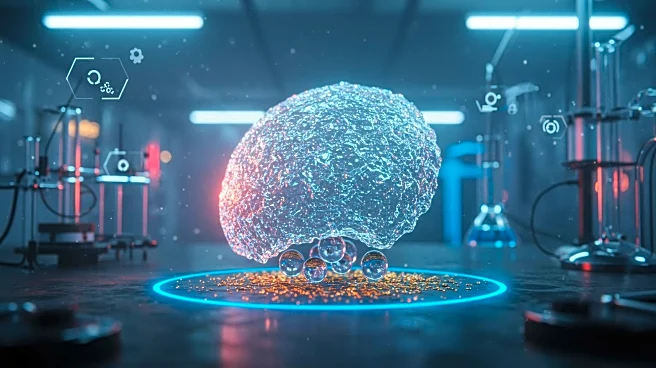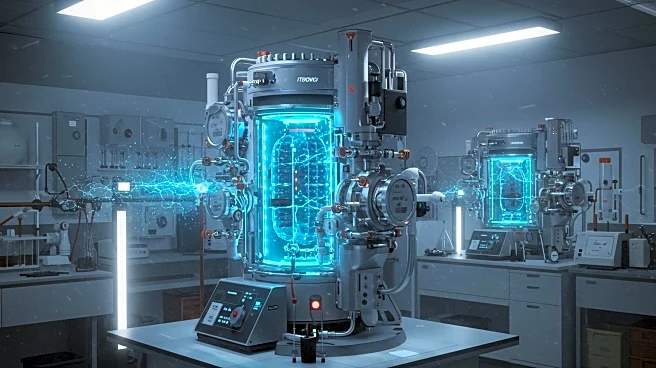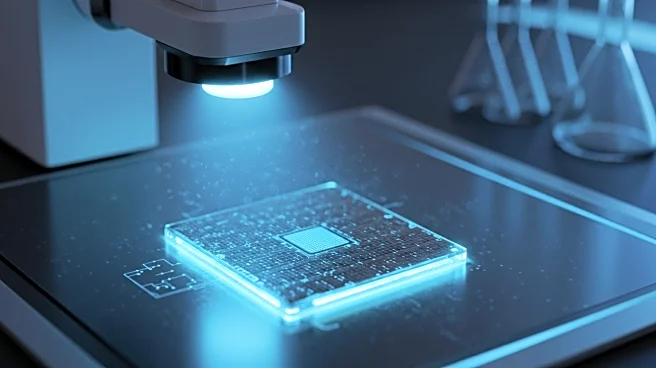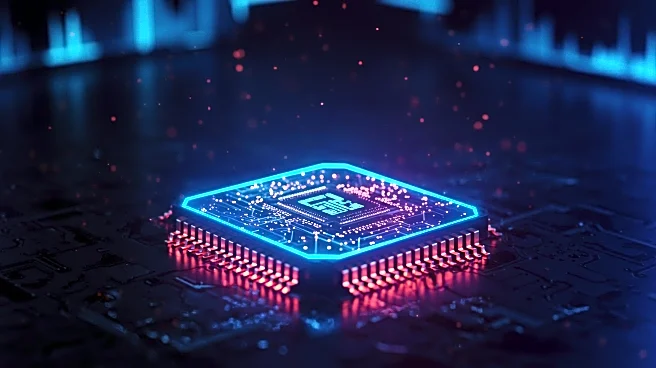Rapid Read • 8 min read
Researchers at Rice University have discovered that wrinkles in atomically thin materials can significantly enhance the precision of electron spin control, paving the way for ultra-efficient electronic devices. The study, published in the journal Matter, reveals that bending materials like molybdenum ditelluride creates a unique spin texture known as persistent spin helix (PSH). This texture can maintain a spin state even during scattering collisions, a major challenge in spintronics. The research team, led by Boris Yakobson, found that the curvature in these materials causes flexoelectric polarization, which influences electron spins to split into distinct bands. This discovery could lead to more compact spintronic devices, as the spin-precession length achieved is the shortest reported to date.
AD
The findings from Rice University have significant implications for the future of electronic devices, particularly in the realm of spintronics. By harnessing the quantum property of electron spin, these devices could overcome the limitations of current silicon-based technology, reducing energy consumption in data centers and electronic devices. This is crucial as global computing-driven energy use continues to rise. The ability to maintain spin states despite scattering collisions addresses a key challenge in spintronics, potentially leading to more reliable and efficient devices. Industries focused on electronics and computing stand to benefit greatly from these advancements, potentially leading to a new era of energy-efficient technology.
The research opens up new avenues for the development of spintronic devices, with the potential for further exploration into other 2D materials that may exhibit similar properties. The study suggests that controlled bending of these materials could be a strategy for engineering distinct field profiles, which could be applied in various technological applications. As the field of spintronics continues to evolve, further research and development could lead to practical implementations in consumer electronics and data processing technologies. Stakeholders in the tech industry may begin to invest in these innovations, anticipating a shift towards more sustainable and efficient computing solutions.
The intersection of quantum behaviors and elastic mechanics, as demonstrated in this study, highlights a novel approach to materials science. This could lead to broader implications in the design and engineering of materials for various applications beyond electronics, such as in flexible electronics and advanced filtration systems. The ability to manipulate spin states through mechanical means may also inspire new research into quantum computing and other advanced technologies, potentially influencing future scientific and technological paradigms.
AD
More Stories You Might Enjoy










